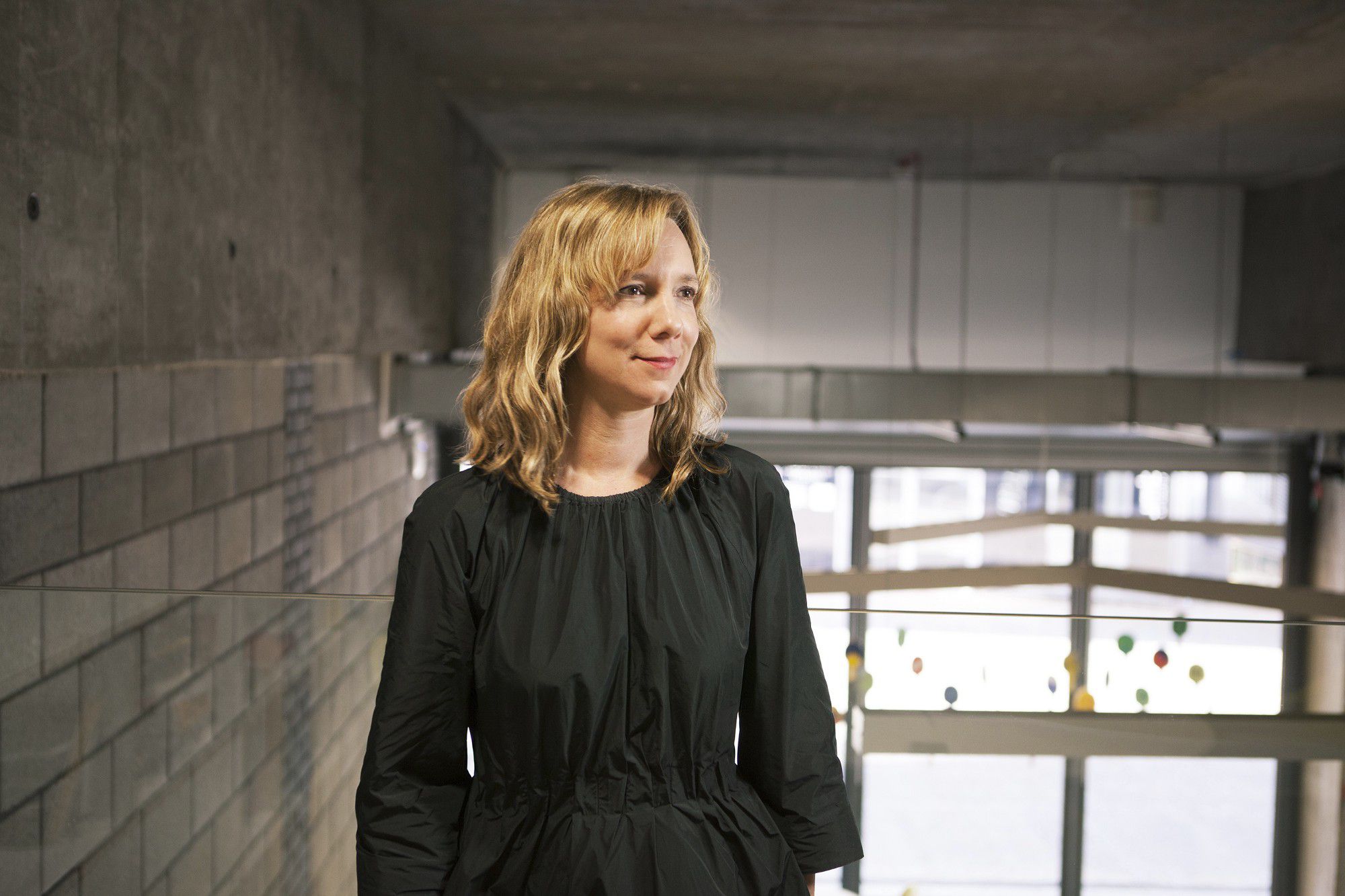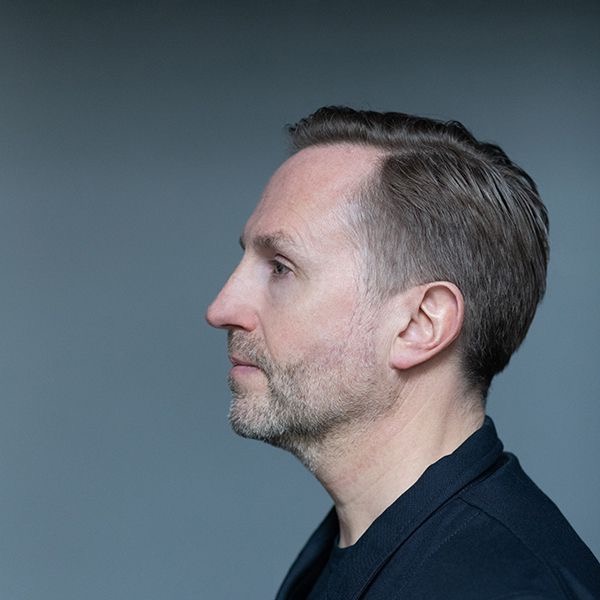What makes a great Creative Director?
For many designers making it to the coveted role of Creative Director at a reputable agency is viewed as a 'dream job', and the realisation of reaching the very top of the career ladder. The truth is, only a select few talented individuals actually achieve this accolade, and when they do many find it hard to successfully transition from Designer to Creative Director.
Unfortunately, the ultimate Creative Director user guide, addressing the infinite number of new soft and hard skills necessary to triumph in this challenging role, has yet to be written. Until it is, the BNO Creative Directors Forum has opened its own black book to ask a number of Creative Directors from leading studios for their advice and top tips on how to make it.
This week: Marta Swannie, Senior Creative and Innovation Director at Superunion, London, UK.
About Marta
Marta is a Senior Creative Director at Superunion. She has nearly 20 years’ experience creating award-winning work for brands. She has created visual identities, communications and experiences for some of the world’s most exciting brands, including Intel, British Airways, LEVEL, PlayStation, ESL, DreamHack, TATE and the National Gallery.
Marta has been a designer, Creative Director and ‘entrepreneur’ — at one point raising venture capital to launch her own retail art on demand platform. She has a passion for combining creativity and technology to craft compelling and connected brand experiences. Awards and accolades have come from BAFTA, Cannes Lions, D&AD, BIMA, FWA, Adobe Max, and the European Design Awards.

Tell us your own path from Designer to Creative Director.
"I began my career as a digital designer and worked my way up through agencies in London. I became a creative director in my late 20’s, which feels a bit early to me now. But there were not a lot of senior creatives specialising in ‘digital’ back then — I did a lot of learning along the way."
What was the hardest part of the transition from Designer to Creative Director?
"For me, the hardest transition was giving up so much of the hands-on design work. I had to fight the urge to do it myself and learn to put my trust into the creative team."
"I had to fight the urge to do it myself and learn to put my trust into the creative team."
What specific qualities are essential to become a great Creative Director?
Knowing great ideas and how to act on them.
Able to collaborate, curate and communicate really well.
Spotting creative opportunities and making the most of them.
Finding the greatness in your creative teams; respecting and nurturing talent.
Being a leader and a diplomat.
A good storyteller.
A little stubborn and obsessive; this helps you to be single minded in your creative ideas and craft every little detail.
Courage; sometimes you need to be brave and fight for good work.
Being ambitious as possible in your creative work. Change the world! Or at least a little bit of it.
Tell us about some of the pros and cons of being a Creative Director.
"Creative control on projects is an incredible thing to have. Seeing a project come together as you imagined is the very best feeling, but it comes with a lot of responsibility. Sometimes you really have to hold your nerve and fight to keep the work great."
In your view what are the primary responsibilities of the Creative Director in an agency setting?
"Inspiring creative teams, leading projects in concept and execution, and navigating clients through the creative process."
Describe your management style.
"Super collaborative with very little hierarchy. I come from a digital background where you always needed a lot of people to create projects (animators, developers, musicians, filmmakers) so I’m used to working in teams and respecting the different talents they have."
"I think a creative vision is important but not a creative style. The vision needs to inspire and drive creative ambition throughout the agency."
How long did it take you to feel completely comfortable in your role?
"Many years! I became a creative director quite early in my career, I think it took 4–5 years before I started to feel comfortable."
Did you ever suffer from what's known as 'imposter syndrome'? If so, how did you deal with this?
"l have definitely felt this. I’m sure most creative directors have. I think it relates to having really high expectations and slightly obsessive, ‘perfectionist’ traits. Ironically, these are also the qualities that help make a great creative director. So, I have tried to apply it in a positive way."
What has been your biggest learning experience as a Creative Director?
"The importance of great creative chemistry with your team."
Is it important to set and adhere to a creative vision for the agency? If so why?
"I think a creative vision is important but not a creative style. The vision needs to inspire and drive creative ambition throughout the agency."
Should a Creative Director be hands on or hands off?
"It depends on the size and scale of the agency and how many projects the Creative Director is working on. I always work on multiple projects. I’m deep in the details, but I’m not doing all of the design work."
What tips do you have for building and nurturing a healthy and vibrant creative culture within an agency?
"Plan fun creative activities to do altogether. Make it part of your agency culture. For our Christmas party we got into teams (remotely) and had to re-enact memorable scenes from festive films. It was totally silly, but the entire agency got involved, making their own costumes, creating sets and scenery, playing instruments, acting — and having a lot of fun."
"For our Christmas party we got into teams (remotely) and had to re– enact memorable scenes from festive films."
What tips do you have to continuously inspire creative teams?
"Share interesting work together, review and debate it. Invite guest speakers and interesting companies into your agency."
How do you maintain your own creativity to ensure you remain on top of your game?
"I try and see a lot of work across a wide spectrum. Not just design work, but art, craft, technology, music and film. I love to learn about new things, it keeps my mind sparking and gives me a resource to draw inspiration from."
How do you create a balance between giving your team creative space while maintaining overall responsibility for the creative output?
"Everyone on the team has a specific role and is given a part of the project to develop creatively. So they each get space and ownership. I spend a lot of time reviewing and talking about the work with them, debating ideas and steering the direction."
In your opinion what is the best way to give feedback on creative work?
"You need it be positive and diplomatic. It’s important to explain your feedback well, if you do — everyone agrees."
How do you defend creative ideas to stop bad things happening to the work?
"I make sure there is a strong narrative to the creative concept, so that everyone buys into it first. Then I stop any changes that would be detrimental to the work, by explaining how it doesn’t align to the creative concept."
What has been your biggest success as a Creative Director?
"Winning creative awards is always great. But I feel the most successful when I pitch and the creative work is taken with no changes at all. That’s when it feels like creative work at its purest."
What was the best piece of advice ever given to you as a Creative Director?
"Trust your instincts."
And finally, what advice would you give to anyone who has recently been promoted to the role of Creative Director?
"Trust your instincts, be clear and single minded in your ideas and direction, respect and nurture your creative teams."

About Graham Sturt
A passionate advocate of Dutch design, he hosts an ongoing series of interviews with some of the countries greatest designers called 'Dutch Design Heroes'.